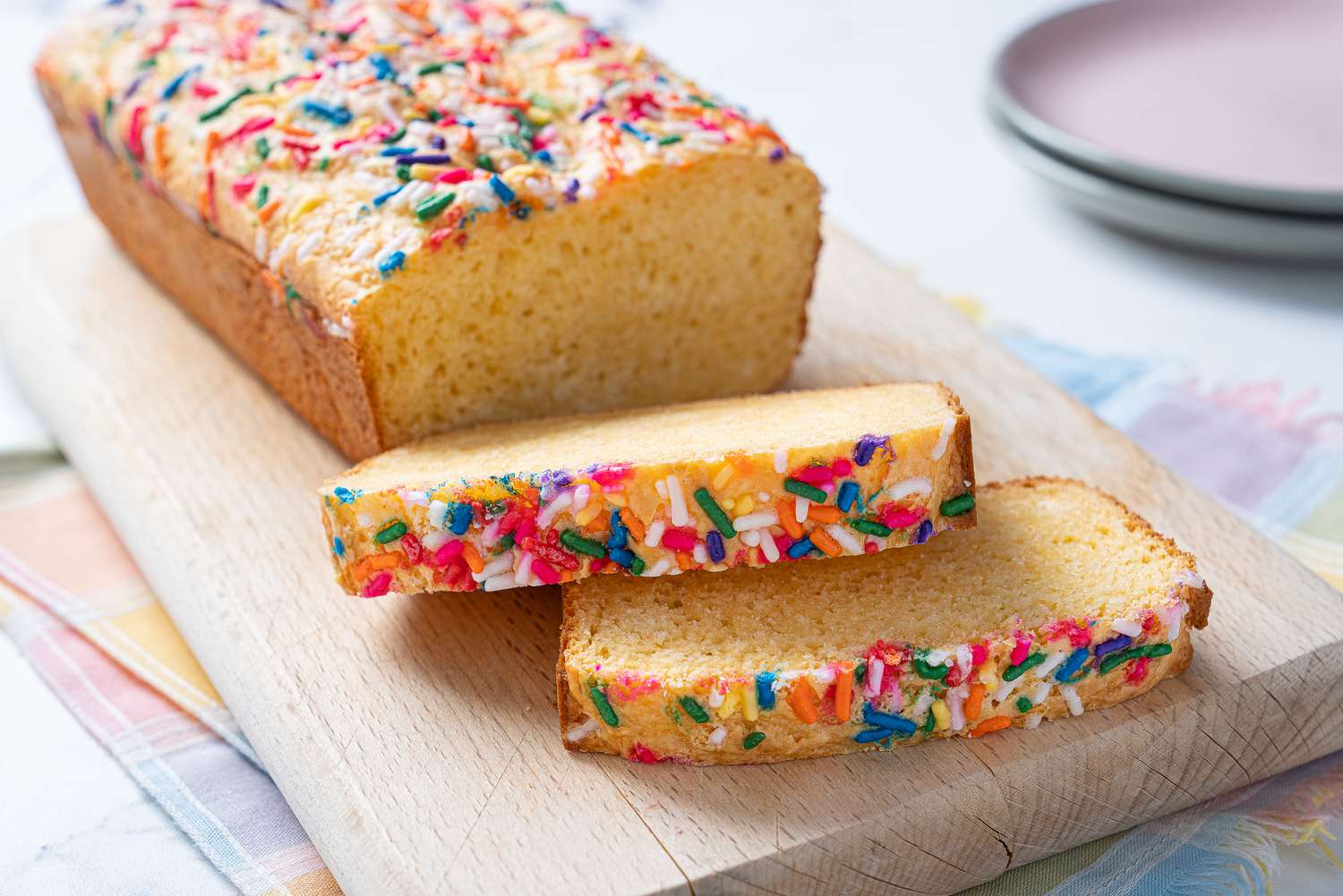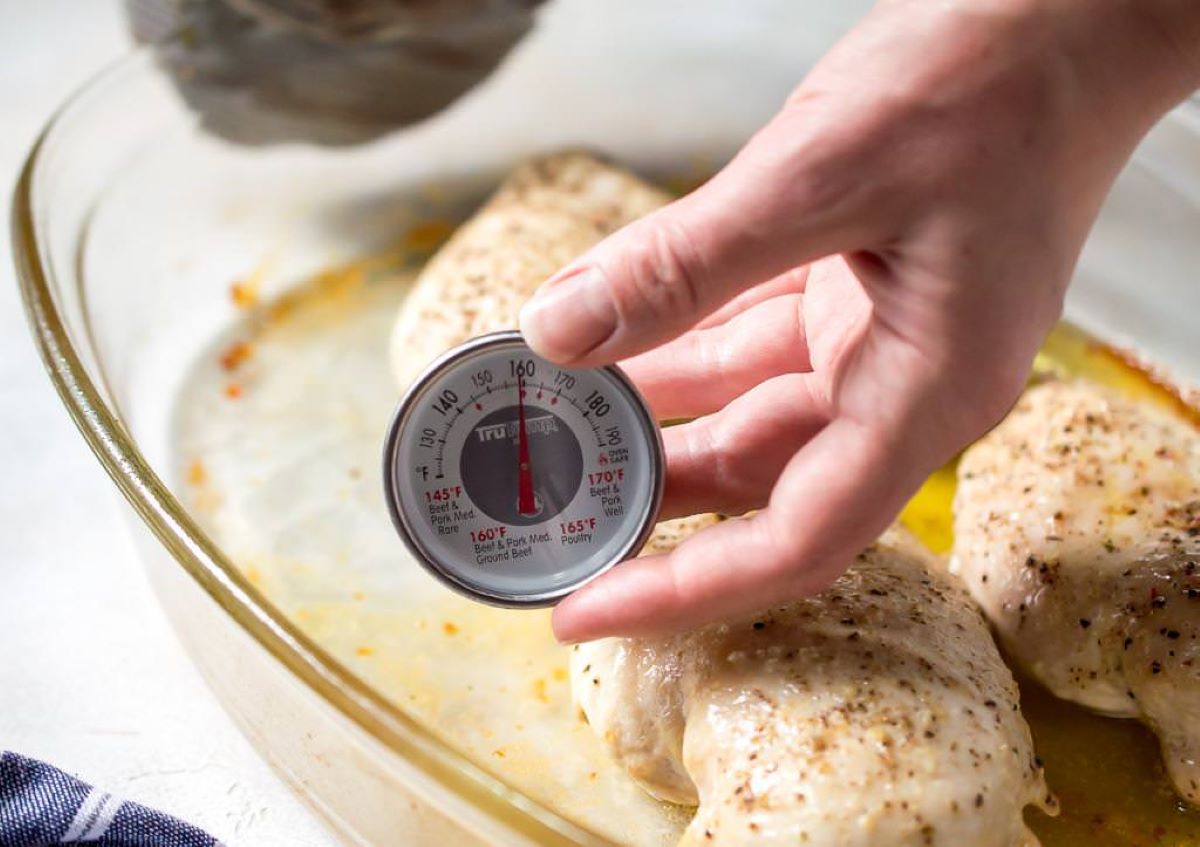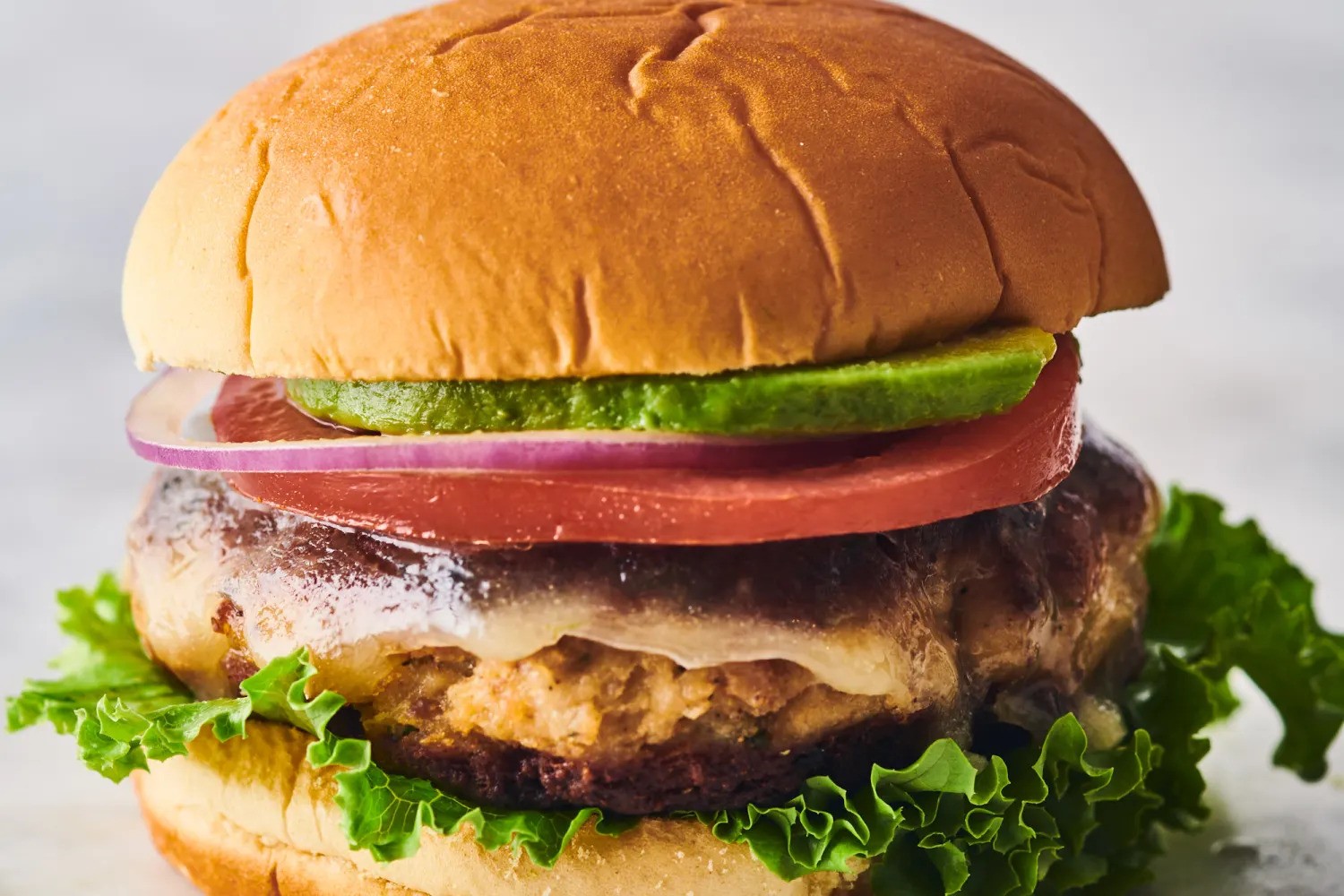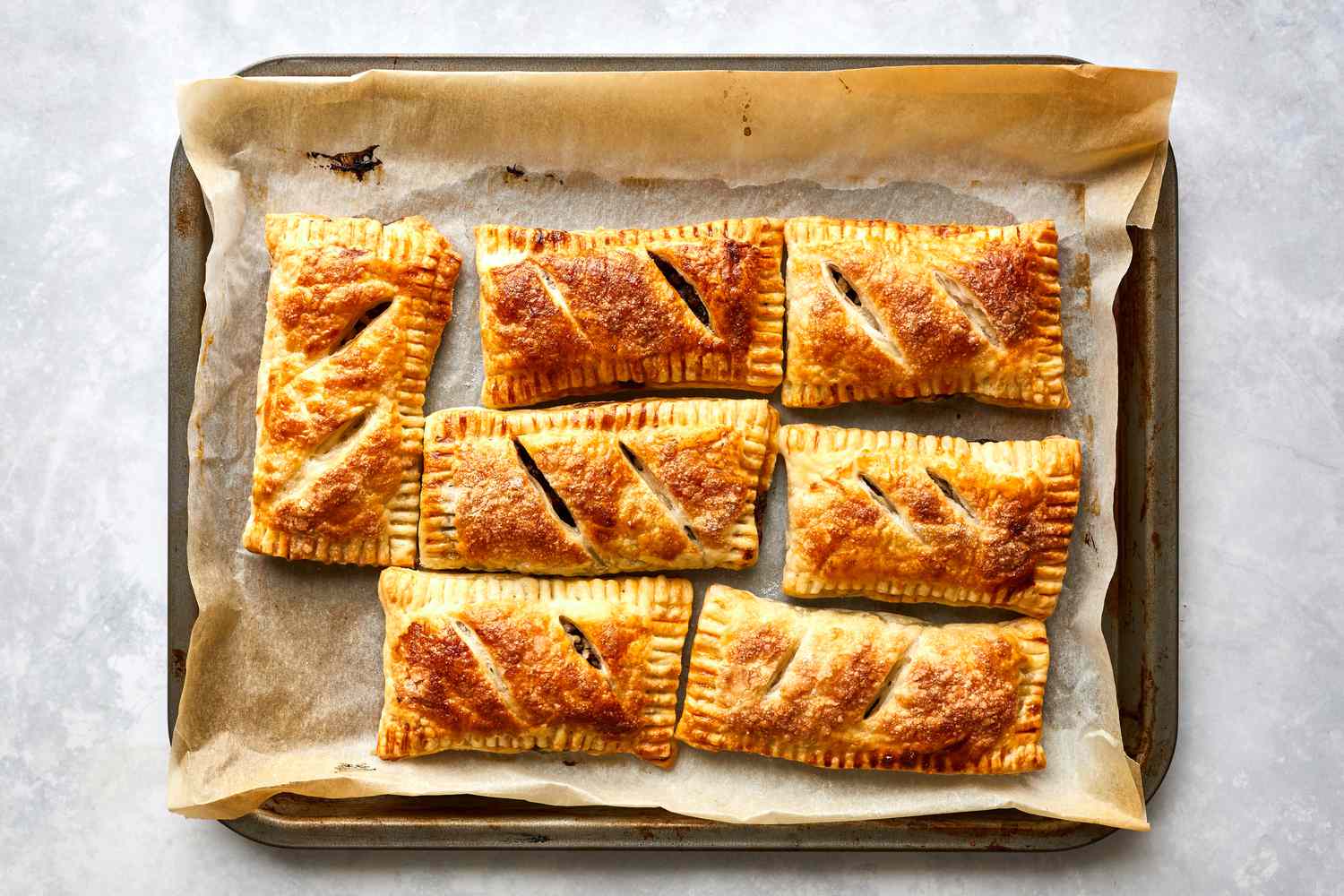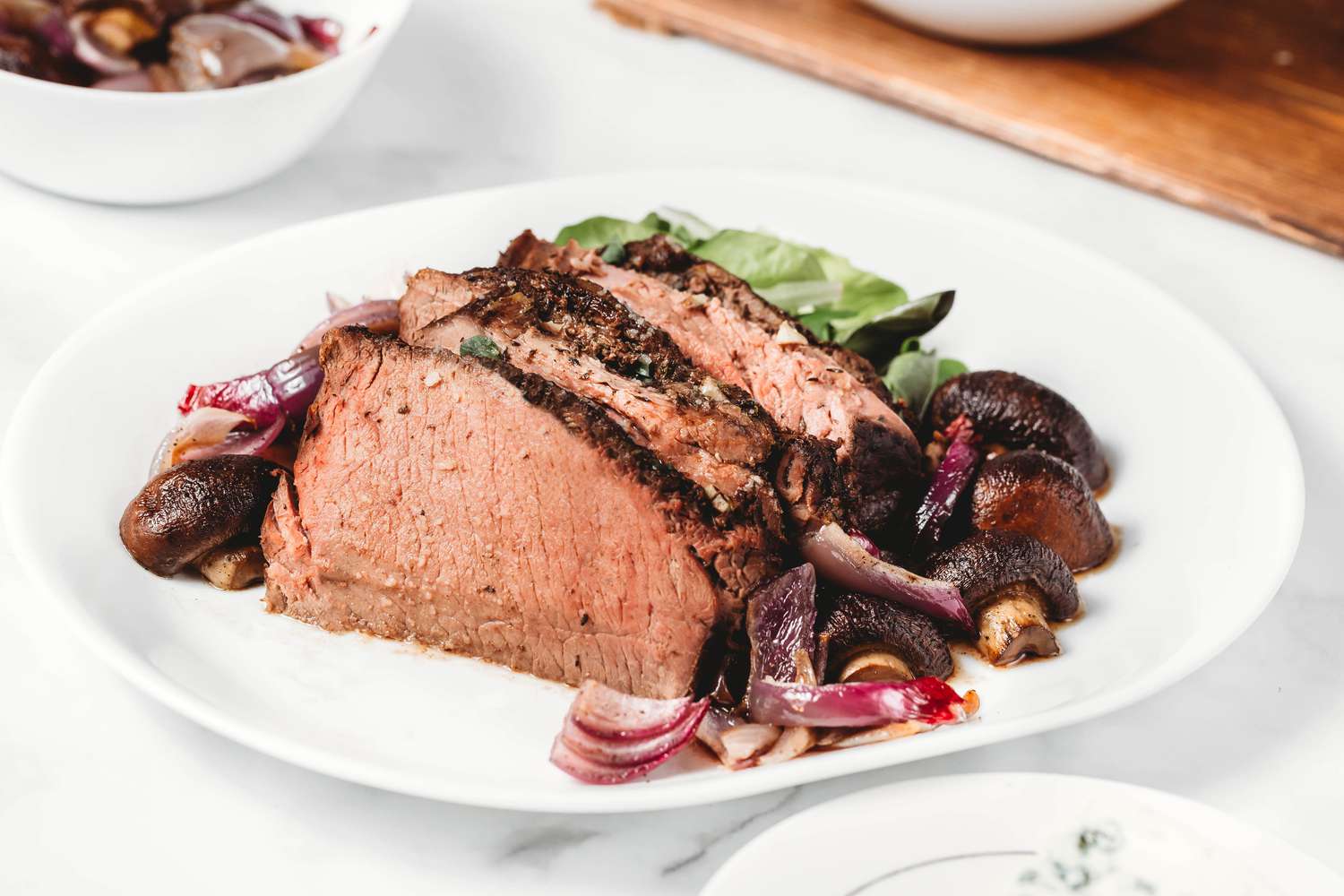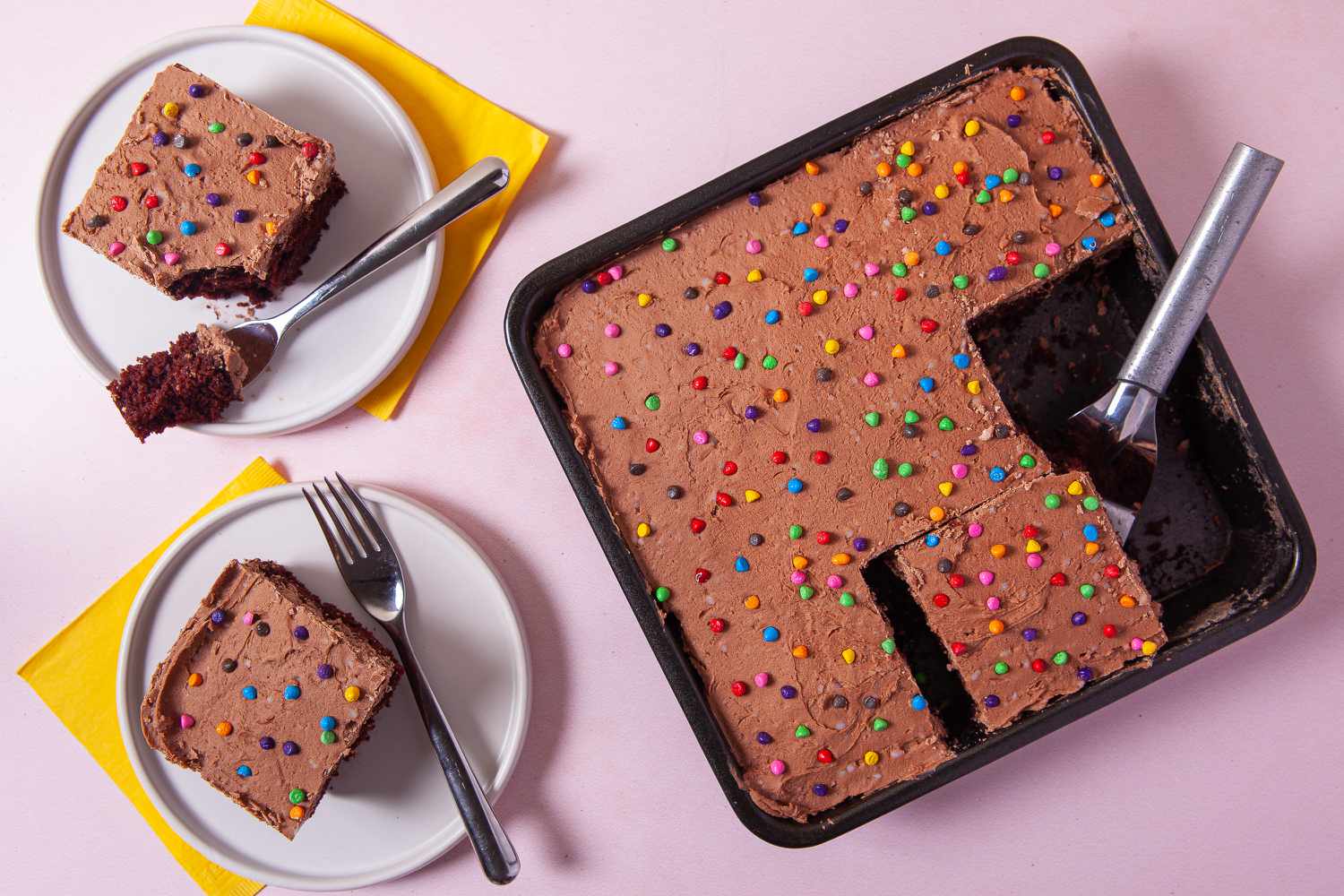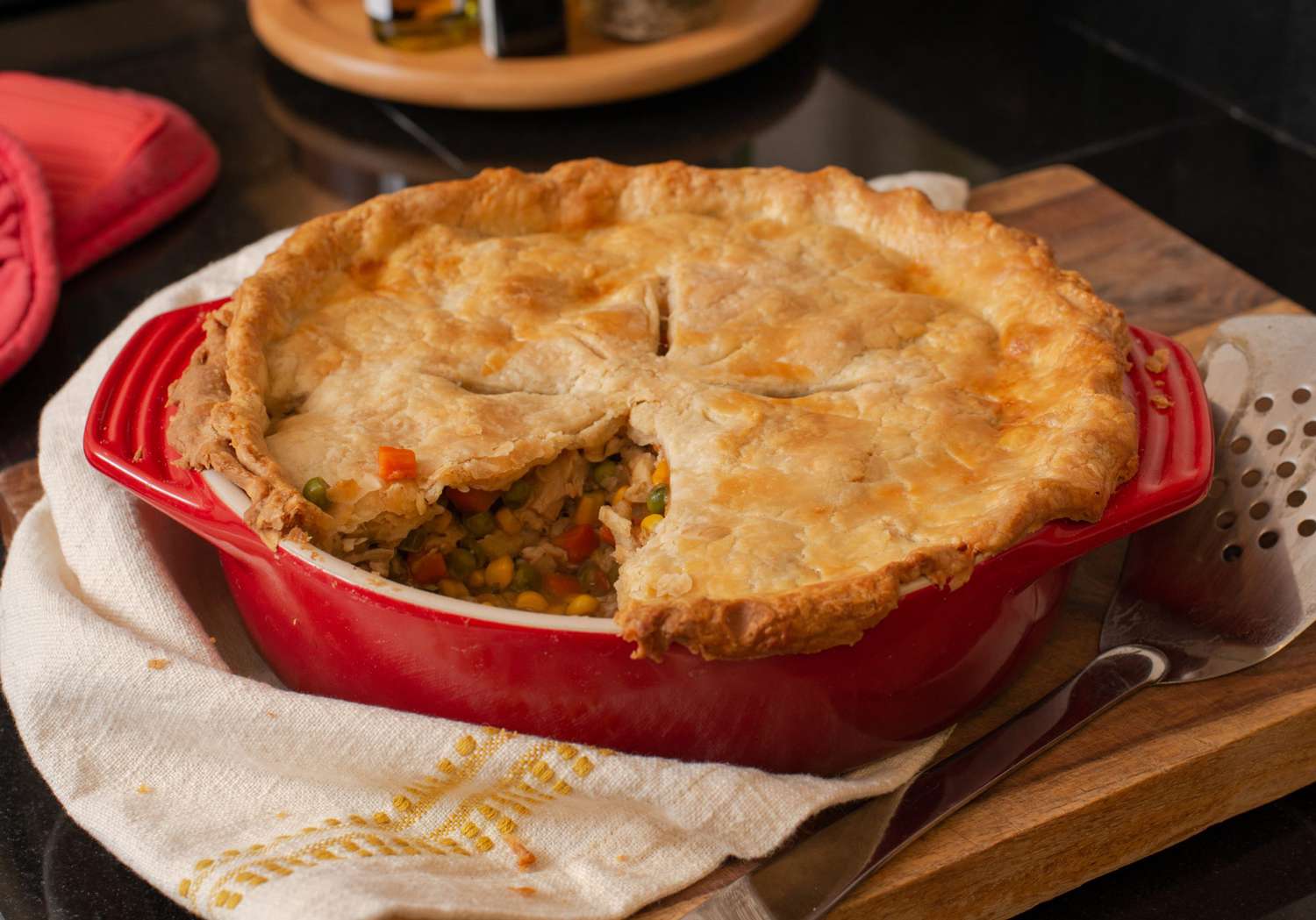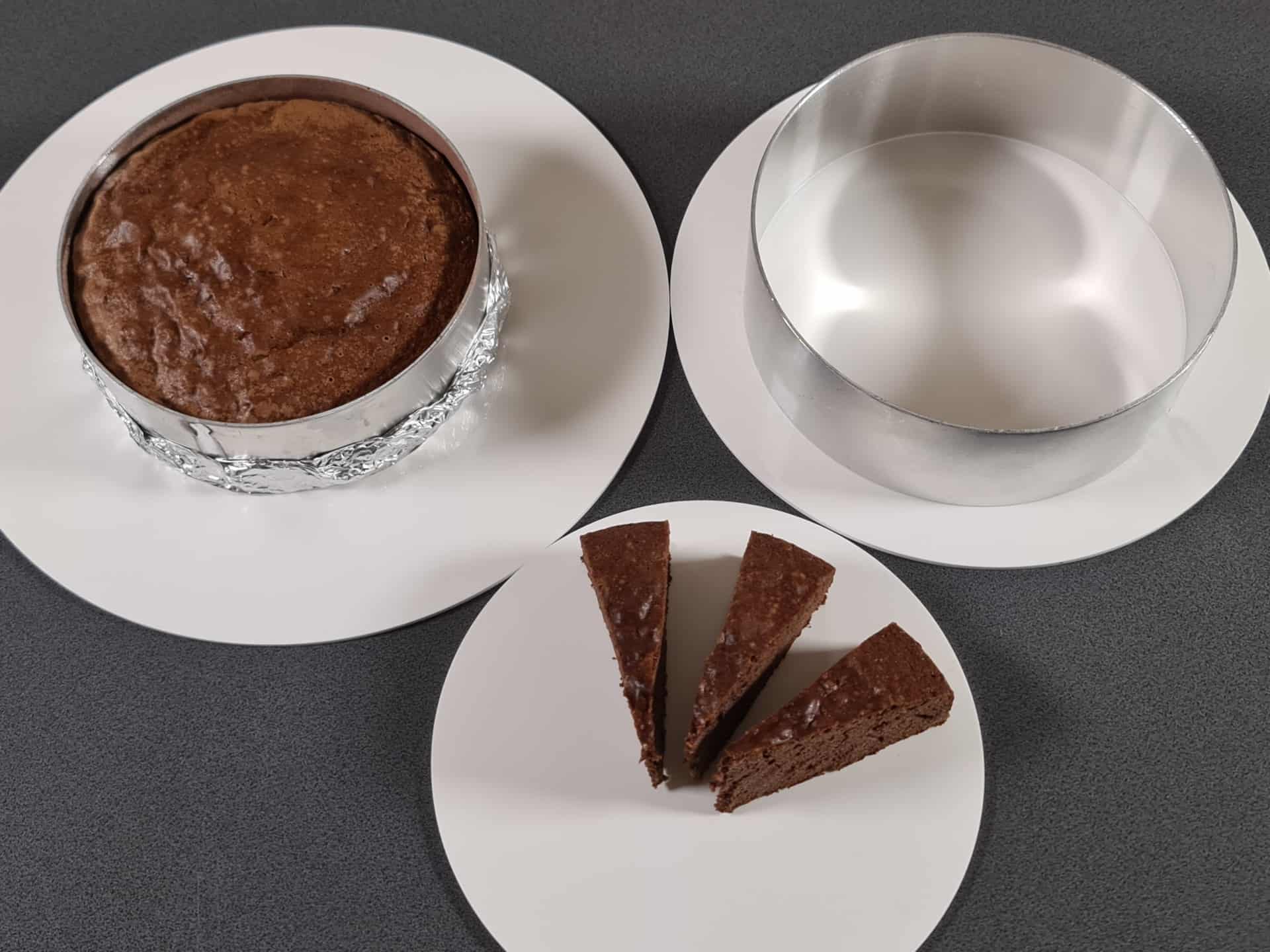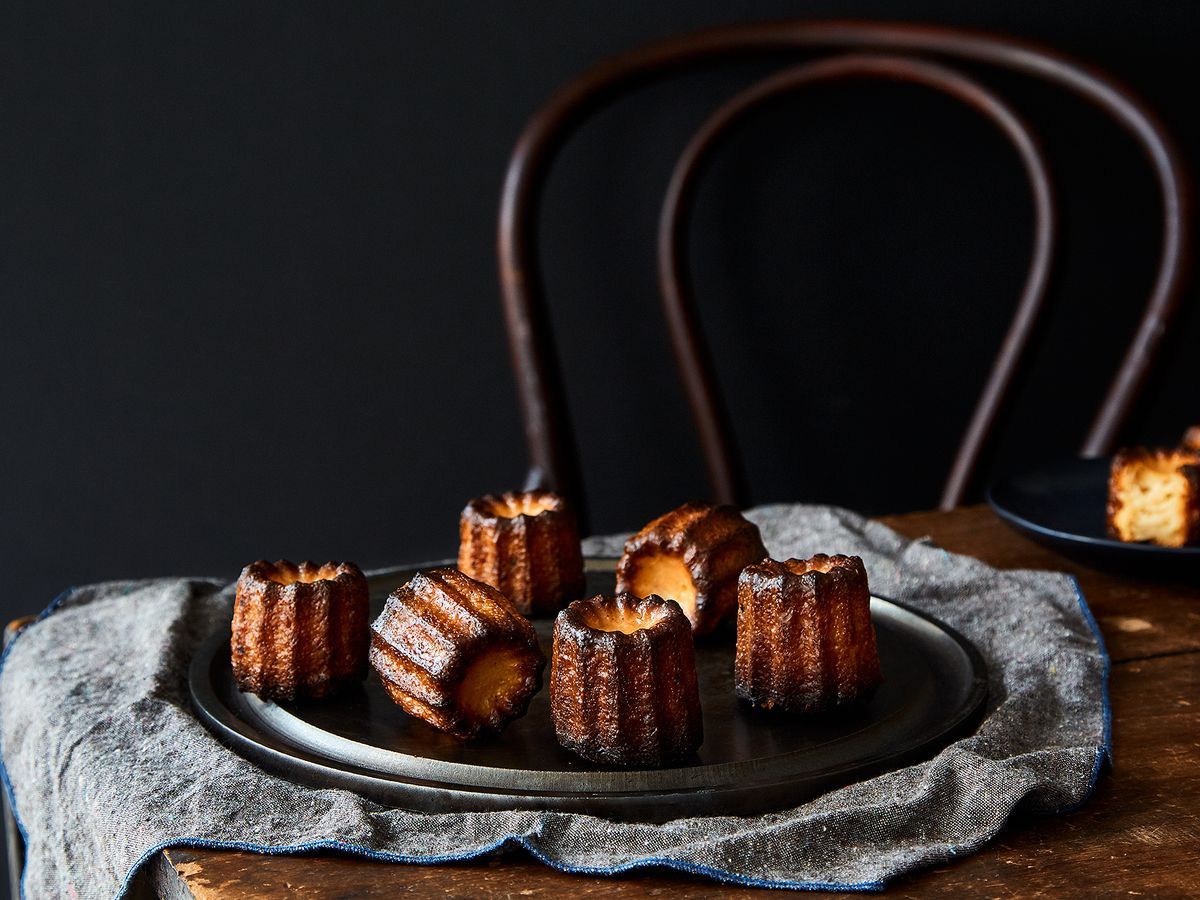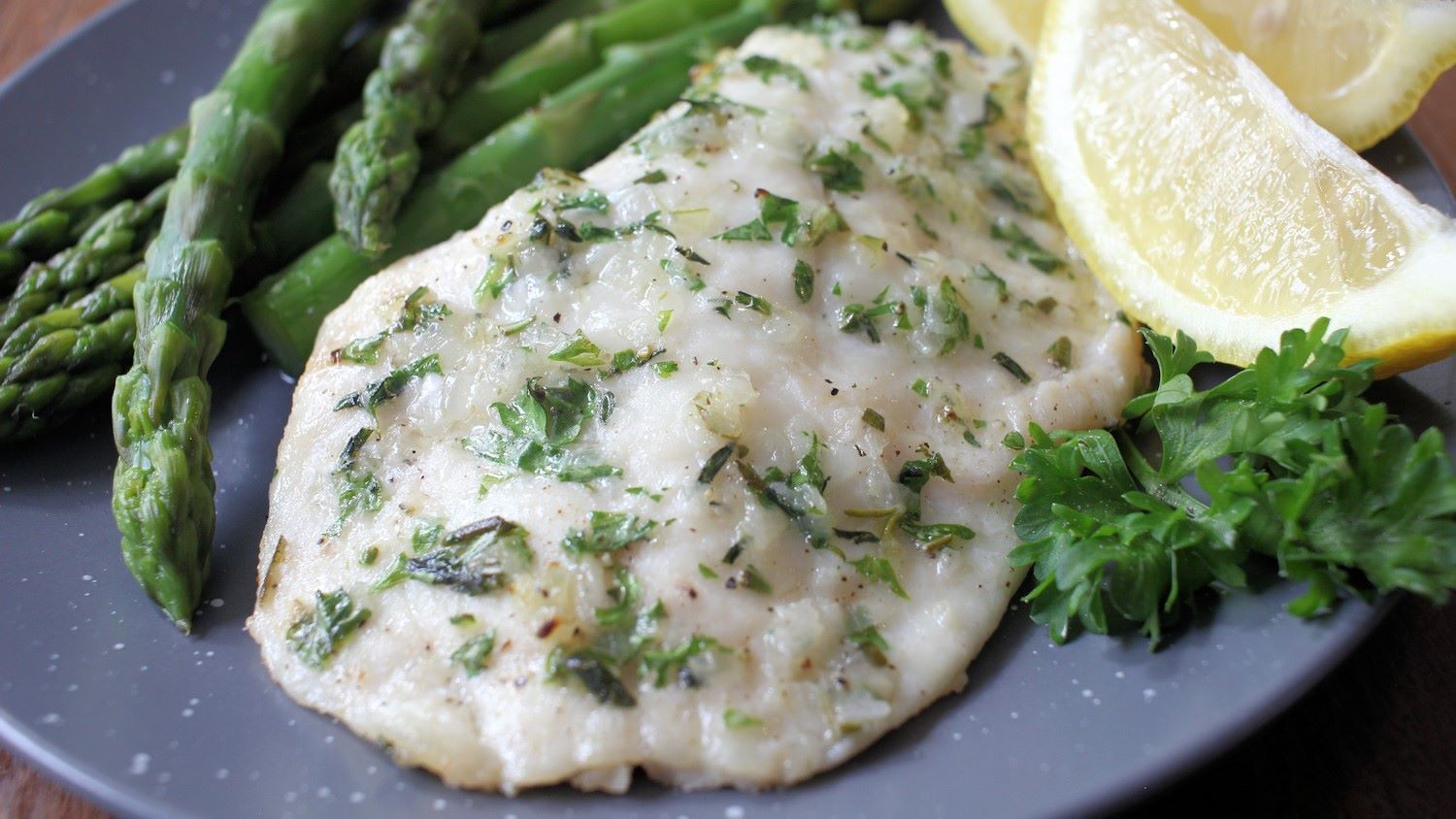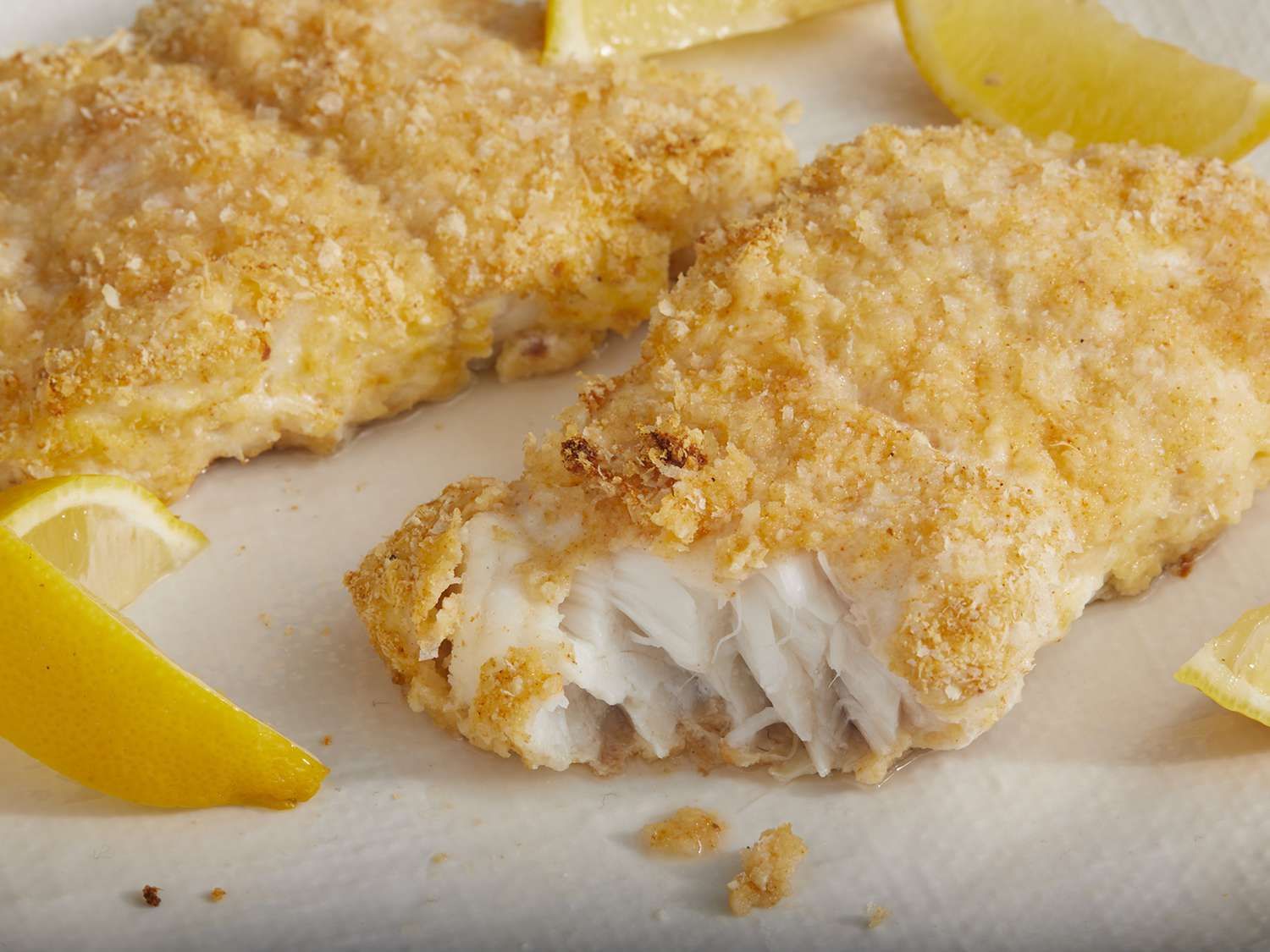Discover the Sweet Secret of Baking with Monk Fruit Powder
Are you looking for a natural, low-calorie sweetener to use in your baking? Look no further than monk fruit powder! This amazing ingredient is derived from the monk fruit, also known as luo han guo, and is a popular choice for those looking to reduce their sugar intake without sacrificing sweetness. In this article, we’ll explore the ins and outs of baking with monk fruit powder and how you can incorporate it into your favorite recipes.
Understanding Monk Fruit Powder
Monk fruit powder is a natural sweetener that is extracted from the monk fruit, which is native to Southeast Asia. The sweetness of monk fruit comes from compounds called mogrosides, which are much sweeter than sugar but contain zero calories. This makes monk fruit powder an excellent choice for those looking to reduce their sugar consumption while still enjoying the sweet taste in their baked goods.
Benefits of Baking with Monk Fruit Powder
There are several benefits to using monk fruit powder in your baking:
- Low-Calorie: Monk fruit powder is a great option for those looking to reduce their calorie intake without sacrificing sweetness.
- Natural: Unlike artificial sweeteners, monk fruit powder is derived from a natural source, making it a popular choice for those seeking natural alternatives to sugar.
- Diabetic-Friendly: Monk fruit powder has a low glycemic index, making it a suitable sweetener for individuals with diabetes.
- No Aftertaste: Unlike some other sweeteners, monk fruit powder does not leave a bitter or metallic aftertaste, making it a pleasant choice for baking.
How to Use Monk Fruit Powder in Baking
When using monk fruit powder in your baking, it’s important to keep in mind that it is much sweeter than sugar, so a little goes a long way. Here are some tips for incorporating monk fruit powder into your recipes:
- Measure Carefully: Monk fruit powder is significantly sweeter than sugar, so you’ll need to use much less of it. A general rule of thumb is to use about 1/8 teaspoon of monk fruit powder for every 1 teaspoon of sugar.
- Adjust Liquids: Because monk fruit powder is a dry ingredient, you may need to adjust the amount of liquid in your recipe to compensate for the lack of moisture that sugar provides.
- Experiment: Baking with monk fruit powder may require some trial and error to achieve the perfect level of sweetness in your recipes. Don’t be afraid to experiment and adjust the amount of monk fruit powder to suit your taste.
Recipes to Try with Monk Fruit Powder
Ready to start baking with monk fruit powder? Here are a few recipes to get you started:
- Monk Fruit Chocolate Chip Cookies: Replace the sugar in your favorite chocolate chip cookie recipe with monk fruit powder for a lower-calorie, diabetic-friendly treat.
- Monk Fruit Banana Bread: Use monk fruit powder to sweeten your banana bread for a healthier twist on this classic recipe.
- Monk Fruit Vanilla Cupcakes: Whip up a batch of vanilla cupcakes using monk fruit powder for a guilt-free indulgence.
Conclusion
Baking with monk fruit powder is a great way to enjoy the sweet taste of baked goods without the added calories of sugar. With its natural sweetness and diabetic-friendly properties, monk fruit powder is a versatile ingredient that can be used in a wide variety of recipes. Whether you’re looking to reduce your sugar intake or simply experiment with new sweeteners, monk fruit powder is definitely worth a try in your next baking adventure.
So, why not give monk fruit powder a whirl in your next baking project? You may just discover a new favorite sweetener that will elevate your baked goods to a whole new level of deliciousness!
Was this page helpful?
Read Next: How To Bake Grey Sole
